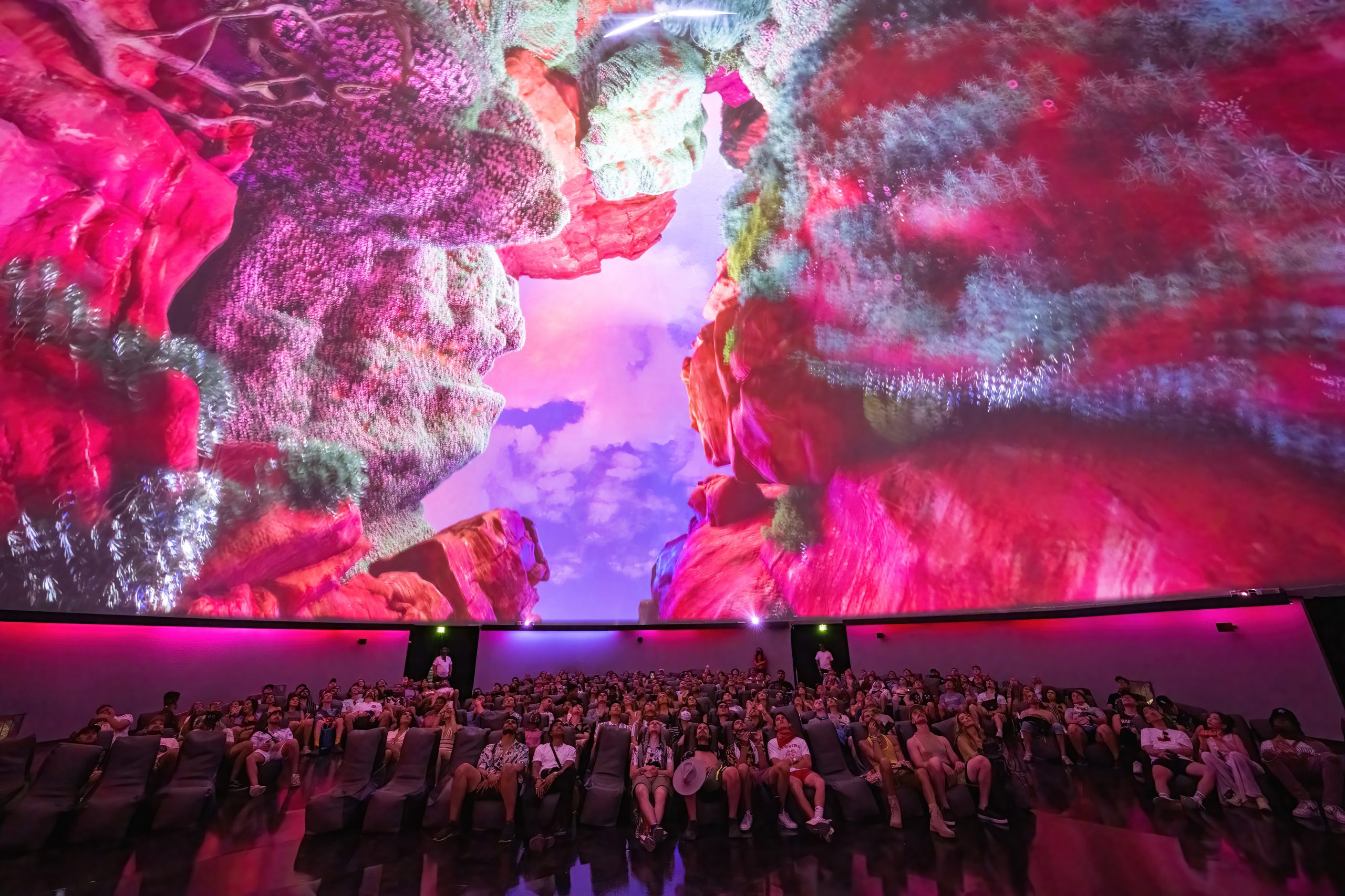 Technology is revolutionising event management. From higher mobile device usage encouraging app makers to develop tools to make life easier for planners and attendees alike, to the significant advances in lighting technology, it would be a canny question to ask: ‘where does it end?’
Technology is revolutionising event management. From higher mobile device usage encouraging app makers to develop tools to make life easier for planners and attendees alike, to the significant advances in lighting technology, it would be a canny question to ask: ‘where does it end?’
It could be some time before we can logically answer that question, as newer, greater technology reaches us on a seemingly weekly basis. Of all the new innovations peeking over the horizon, one with perhaps the biggest potential for changing the entire game is the Internet of Things (IoT).
This isn’t just in the event sector, either; according to a report from BI Intelligence, the IoT is on course to add US$1.7 trillion (around AU$2.2 trillion) to the global economy by 2019.
“The IoT is perhaps going to be most beneficial in business, and it’s something that event planners and attendees alike will surely see the value of before the end of the decade.”
So what is it, why’s it so important and what will it bring to event planners and visitors across the globe?
What is the Internet of Things?
One of the barriers IoT adoption is people’s readiness to understand it. In truth, it’s a concept that sounds rather science-fiction.
The IoT is the name of the overarching network that will connect all devices all over the world, allowing the constant collection of hyper-specific information and sharing between other devices, as well as stakeholders.
Just how the internet connects certain devices now – such as smartphones, desktops, tablets and laptops – the IoT is the prospect of giving all devices such online capabilities, from light bulbs to refrigerators, which explains the reason for the innovation’s other name: the Internet of Everything.
For example, your washing machine can send you a notification when it needs maintenance, or if it senses that you need to buy more washing powder. It can even order this for you, communicating from machine to person.
Theoretically, localised weather forecasts can also plan to start the appliance at a certain time, to match sunny periods when washing can be hung out – an example of device-to-device communication.
The Internet of Things is tipped to give event planners a whole arsenal of useable data – and it’s closer than you may think.
What’s the big deal?
Such a highly valued, trillion-dollar innovation is not going to rest on washing machine productivity alone. The IoT is perhaps going to be most beneficial in business, and it’s something that event planners and attendees alike will surely see the value of before the end of the decade.
Gartner predicted last year that the number of internet-connected machines will grow thirty-fold by 2020, as 26 billion installed devices work worldwide to connect people and machines in the blink of an eye. Other forecasts say there’ll be closer to 100 billion devices working worldwide by the turn of the decade.
This year will also see the biggest adoption of the basic infrastructure needed for the IoT to get off the ground, as the number of these connected devices is expected to soar by 76 per cent in 2015, BI Intelligence found.
Using the IOT for event management
Events can utilise the large amounts of data in numerous ways. Those planning and managing an exhibition can look at foot traffic and create an overview of how people get around the floor plan.
More devices are in production to help monitor such localised movements using people’s mobile devices as beacons. Even LED lights are getting in on the action, combining energy-efficient lighting and a wireless network known as Li-Fi.
Such visitor movement information can be useful for future event planning, giving the opportunity to better understand visitor dynamics, such as why people are attracted to certain areas and why fewer people visit others.
At the very least, this gives accurate and highly usable data from a sales perspective – imagine how much easier it is to justify a high exhibition stand price if you can show potential exhibitors exactly how many people stopped by that space the previous year. Speculation becomes a less-reached-for tool in any marketer or event planners’ belt.
The Internet of Everyone
Visitors also have a higher chance of getting a better service through IoT resources. The information they allow their devices to share can be used to make an event, meeting or conference more targeted, as big data is harnessed to get an amazing insight into their preferences.
If the majority of your visitors have health and wellbeing apps on their personal devices, for instance, everything from the event’s theme to menu can be refined to boost enjoyment and engagement.
Really, the only limit to the IoT will be how quickly regulation can be formed around it – but people are working on this as we speak. From there, imagination will be the key to unlocking some serious event management benefits.
Carly Lewis is general manager – Asia, for cievents.
This article originally appeared on the company's event management news blog.


